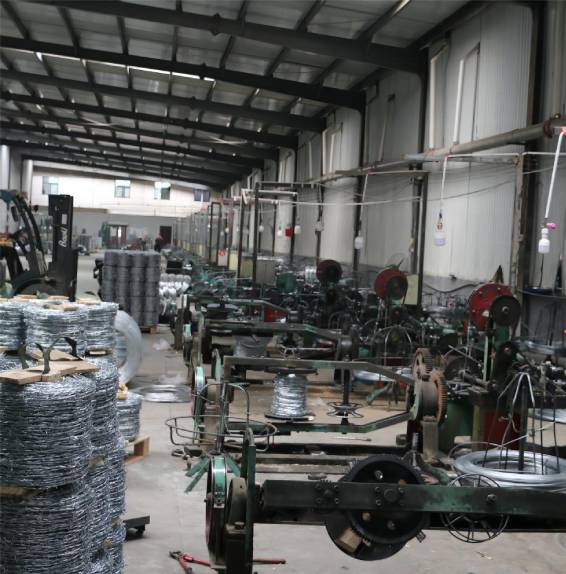extracting nails from wood
Extracting Nails from Wood Techniques and Tips
When undertaking any woodworking or renovation project, one often encounters the challenge of removing nails from wood. Whether you're refurbishing old furniture, recycling wooden pallets, or repairing structures, extracting nails efficiently and safely is a skill worth mastering. This article will guide you through various methods and tips for successfully removing nails from wood without causing damage to the material.
Understanding the Types of Nails
Before diving into the extraction process, it’s essential to recognize the types of nails you may encounter. Common nail types include common nails, finishing nails, brads, and roofing nails, each designed for specific applications. Common nails are typically larger and are often used in construction, whereas finishing nails are smaller and have a smaller head, making them ideal for trim work where appearance matters.
Tools Needed for Extracting Nails
Having the right tools can significantly simplify the extraction process. Here are some tools that can help
1. Pry Bar or Claw Hammer A sturdy pry bar or a claw hammer is essential for leveraging the nail out of the wood. 2. Nail Puller A specialized nail puller provides more leverage, especially for stubborn nails that resist removal. 3. Drill In cases where nails are particularly problematic, a drill can be used to remove the nail head and pull the shaft out. 4. Safety Gear Protective goggles and gloves are advisable to safeguard against flying debris and sharp objects.
Methods for Extracting Nails
extracting nails from wood

1. Using a Claw Hammer - Position the curved part of the hammer's claw around the nail head. - Gently rock the hammer back and forth to loosen the nail. - Once you feel the nail start to budge, pull the hammer back forcefully to remove it from the wood. - If the nail is stubborn, placing a piece of wood under the hammer's handle can give you added leverage.
2. Utilizing a Pry Bar - Insert the pry bar under the nail head, ensuring that it is against the wood surface to avoid damage. - Apply steady pressure upwards to lift the nail out. For deep-set nails, you may need to rock the pry bar while pulling to ease the nail out.
3. Nail Puller Technique - Position the nail puller around the nail head and press down on the handle to grip the nail. - Pull the handle upwards to extract the nail. This tool is particularly useful for larger nails or when working with older, rusted nails that are harder to remove.
4. Drilling Out the Nails - If all else fails, drilling can be an effective method. - Use a drill bit that matches the size of the nail shaft. - Carefully drill out the center of the nail until the head is detached, and pull the remaining shaft out with pliers.
Tips for Successful Nail Removal
- Avoid Damage Always try to minimize damage to the wood, especially if you plan to reuse it. Using pieces of scrap wood to protect the surface while prying can be beneficial. - Consider Nail Condition Old or rusted nails may require more patience and time for extraction, whereas newer nails can often be removed more easily. - Use Lubrication For particularly stubborn nails, applying a small amount of penetrating oil can help loosen rust and make extraction easier. - Work Slowly and Carefully Rushing the process can lead to broken nails or damaged wood. Take your time to assess the situation and choose the best method.
Conclusion
Extracting nails from wood doesn't have to be a daunting task. With the right tools, techniques, and a bit of patience, you can remove nails effectively while preserving the integrity of the wood. Whether for a restoration project or simply to clear a workspace, mastering this skill will undoubtedly save you time and frustration in your woodworking endeavors.
-
Space-Saving Chain Fence Hacks Vertical Gardening with Cyclone MeshNewsJul.16,2025
-
Innovations in Iron Nail Wire Production for Modern ConstructionNewsJul.16,2025
-
Creative Uses of Wire Netting Fence in Modern Landscape DesignNewsJul.16,2025
-
Barbed Wire Fence Innovations in Anti-Climb TechnologyNewsJul.16,2025
-
Architectural Uses of Umbrella Nails for Aesthetic Roof DesignsNewsJul.16,2025
-
Architectural Uses of Razor Barbed Wire in Secure Urban DesignNewsJul.16,2025




